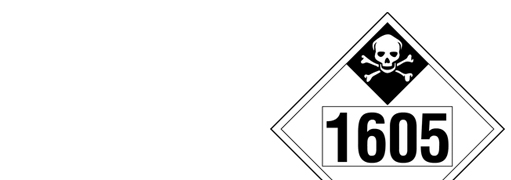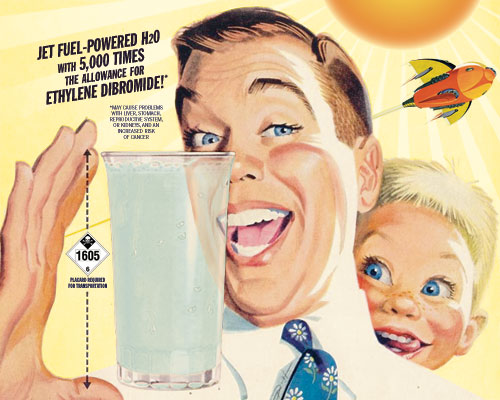The Environmental Disaster You’ve Never Heard Of: Albuquerque’s Kirtland Air Force Base Jet Fuel Spill
Albuquerque’s Kirtland Air Force Base Jet Fuel Spill


Latest Article|September 3, 2020|Free
::Making Grown Men Cry Since 1992


